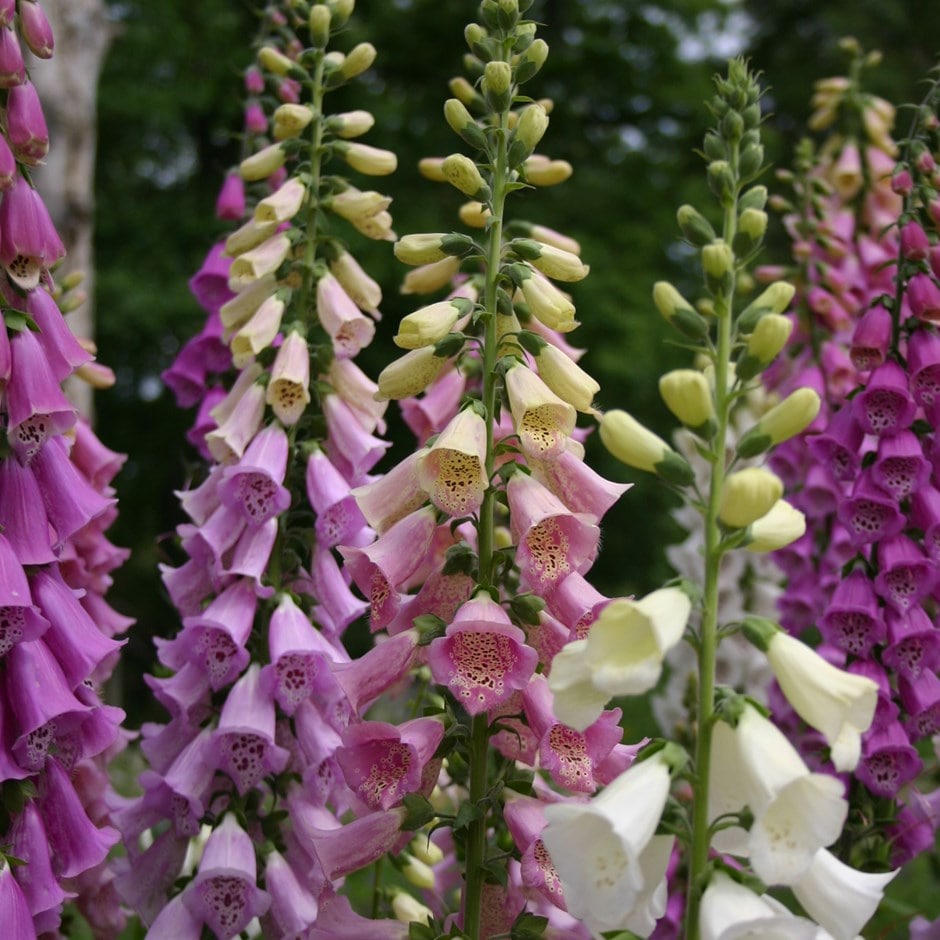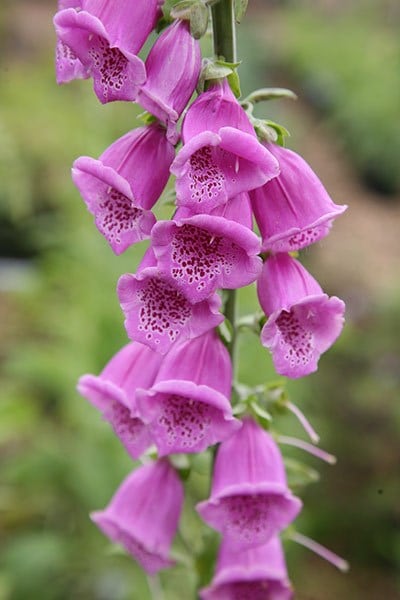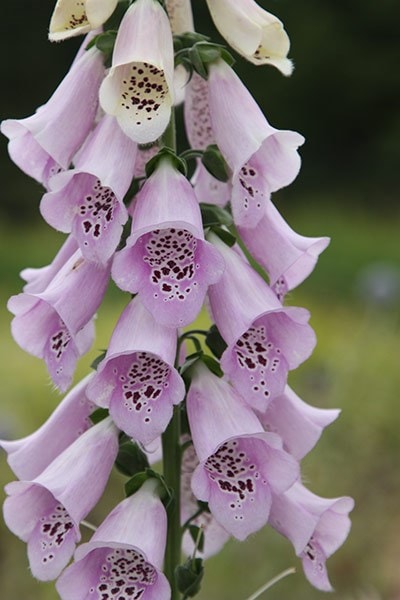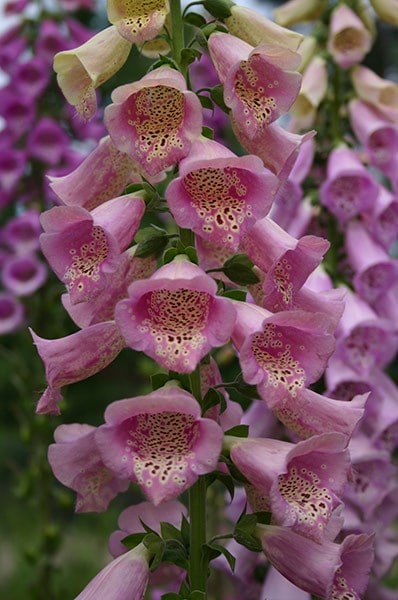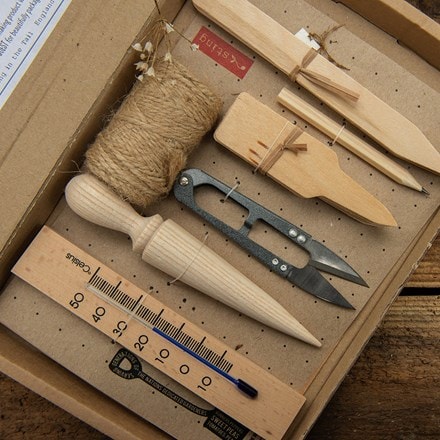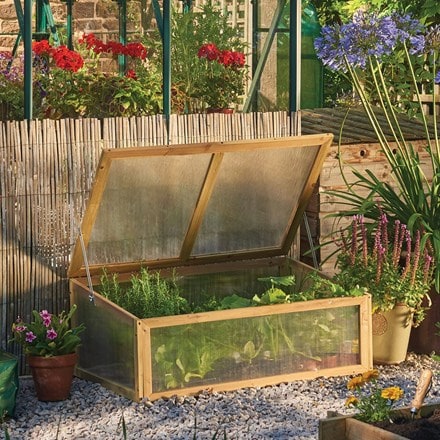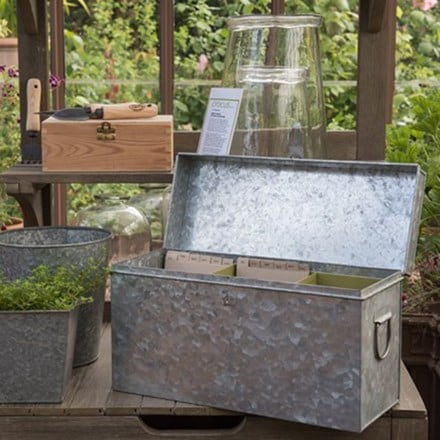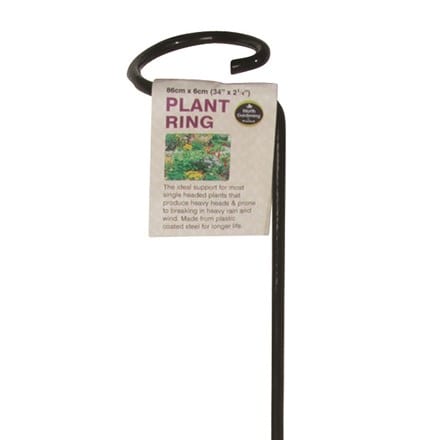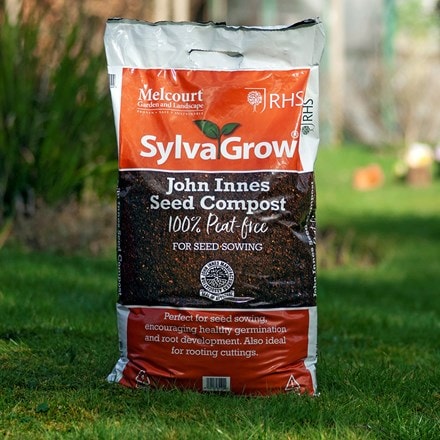Digitalis purpurea Excelsior Group
foxglove
Tall spires of large, well-spaced, tubular flowers in soft shades of purple, pink, creamy-yellow or white, each one with throats...
9cm pot
In stock (shipped within 2-3 working days)
3 × 9cm pots
In stock (shipped within 2-3 working days)
approx 1000 seeds
£3.49
In stock (shipped within 2-3 working days)
1
GOES WELL WITH
How to use those dreamy flower spires
There's one garden essential that brings a planting scheme to life and it's upright flower spikes that soar heavenwards. They add drama and perspective to all your other planting and, as they open from the bottom upwards, each spire offers a glorious co
Read full article


